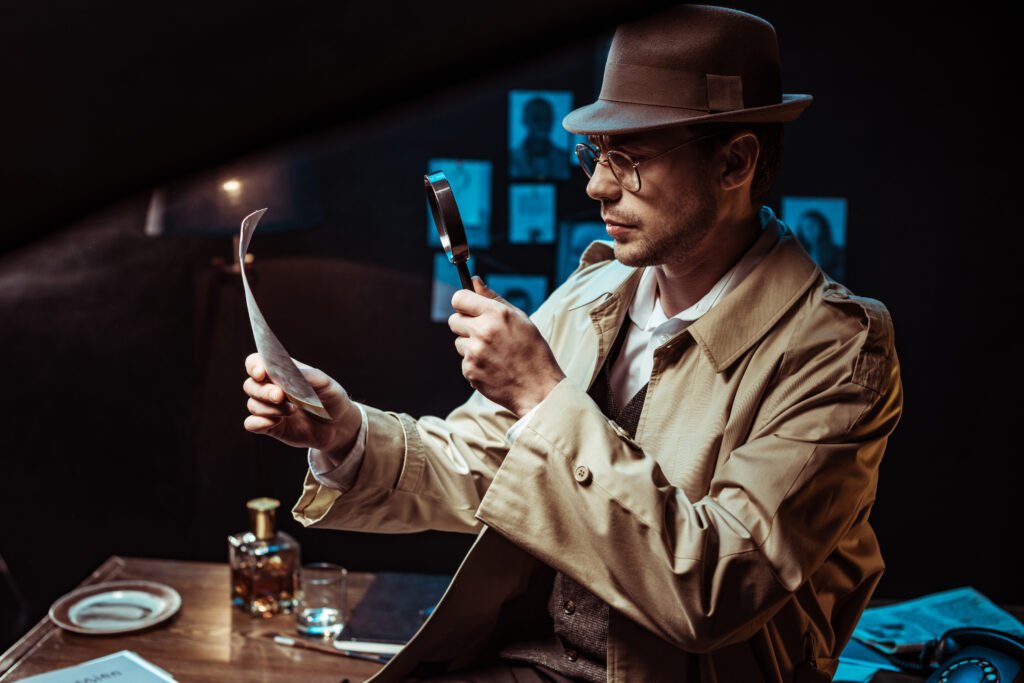
Have you ever wondered if a photo is fake? The answer is yes because fake pictures are spreading faster than ever on the Internet today. Something happens, the snapshot in question is posted and … voila! It turns out that the photo is not authentic. Either it’s been altered or it’s an old picture posted as a recent one.
We’ll show you how to spot a fake image. Here are three essential tips to take on the challenge of finding out the truth
1. Google Images, our savior
Believe it or not, Google Images is the best tool to detect if a photo is fake or not. How? Well, by using the Google Images tool to find out the publication date of the photo.
For example, imagine a forest fire, and the published photo represents a burnt landscape. Who is to say that the photo is not from a previous fire? To find out, you only have to download the photo and upload it to Google Images. When the search engine returns results, click “Tools” and “Date.” That’s it. If the search results all belong to the time of the fire, the photo is an original. Only if there are results from a year ago and the fire happened a few days ago do you know this photo is a fake.
2. Metadata
All photos contain metadata. It’s always the same. As soon as you take a photo with a digital camera or cell phone camera, information is assigned to the snapshot for later analysis: Type of camera, technical information, date, time, and a long list of other specifics.
To access an image’s metadata, you have to right-click on it, then go to “Properties” and finally to “Details.” The problem. Social networks like Facebook, Instagram, and Twitter delete all metadata when the snap reaches their servers.
Fortunately, this is only sometimes the case. Services like WhatsApp, for example, or other mainstream media don’t delete the metadata. They are still available to look up. From the metadata, you can tell if a photo is fake or not.
3. Increase the resolution
Our last tip may seem trivial since the human eye comes into play (instead of modern technology). Take a closer look at the pixels in a photo by increasing the resolution.
If you open a snapshot in Photoshop or Paint and see that some pixels don’t match the rest, this can be a signal that the photo may have been altered. If something indicates “fake,” it’s a heavily modified pixel density.
We hope that this little guide will help you identify a possibly fake photo.






Comments closed.